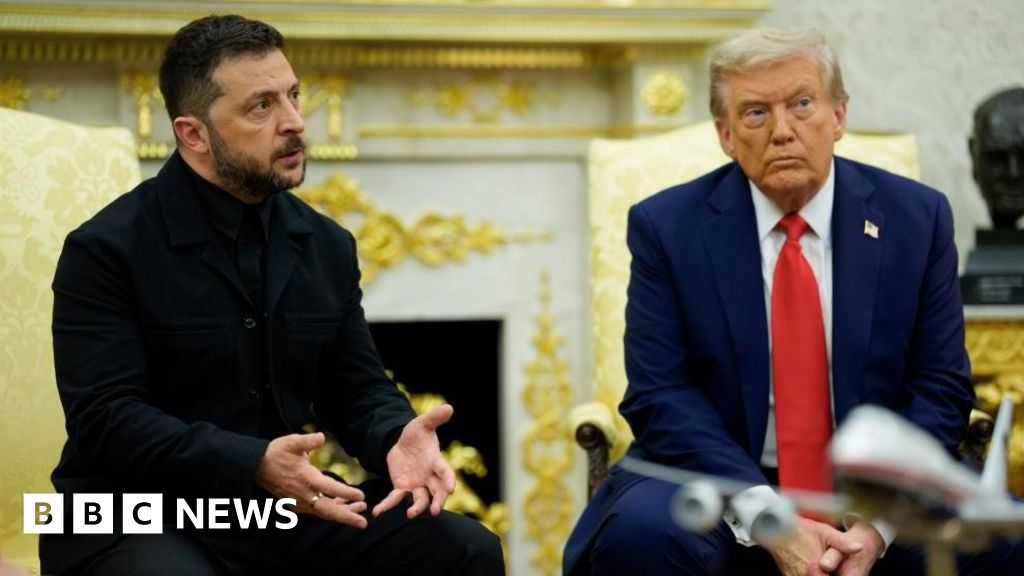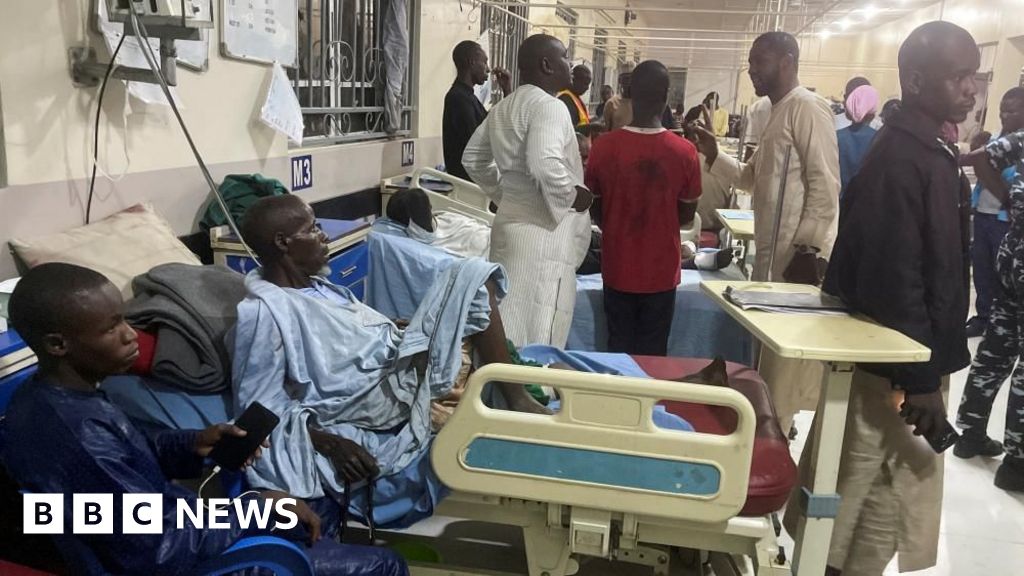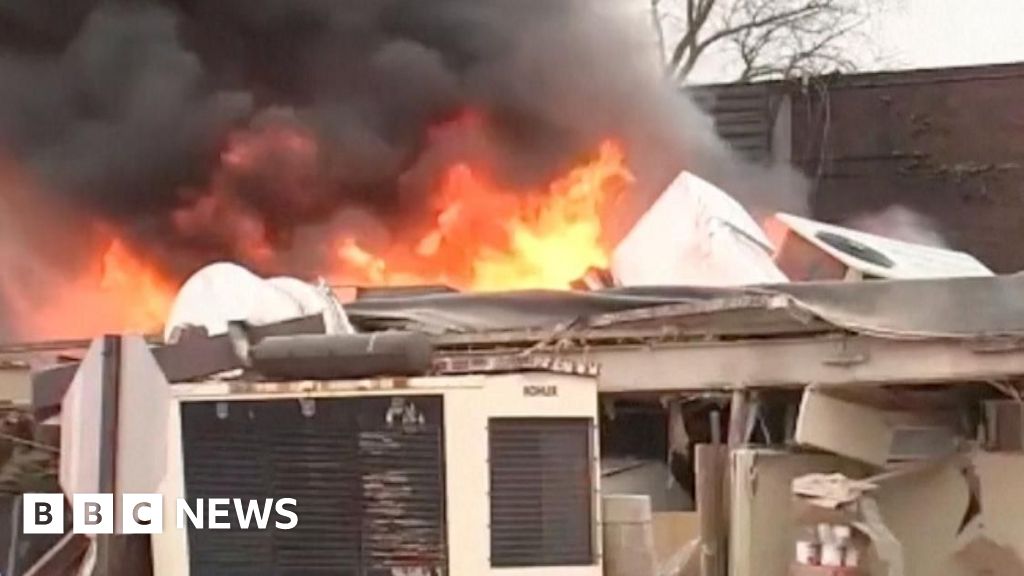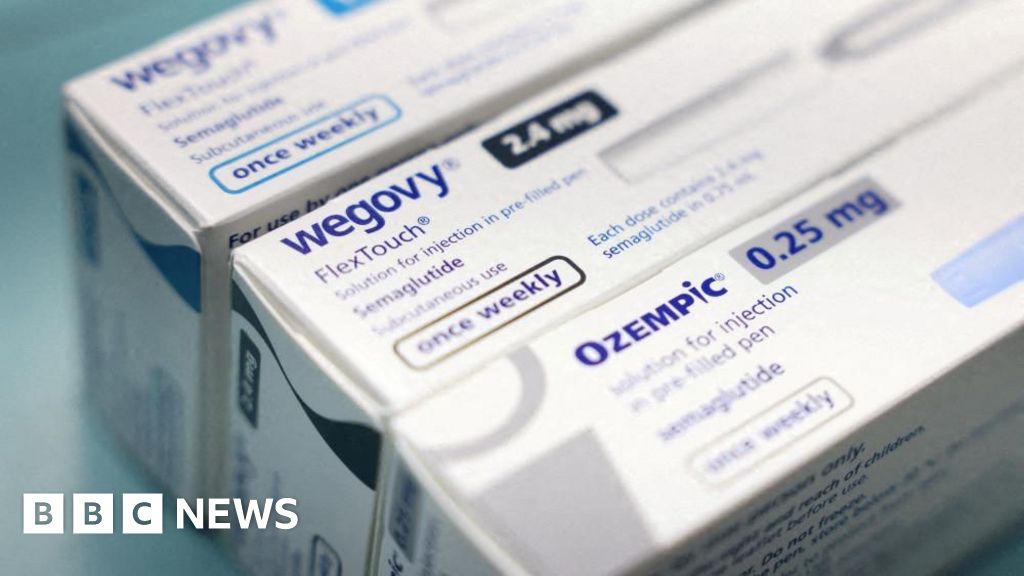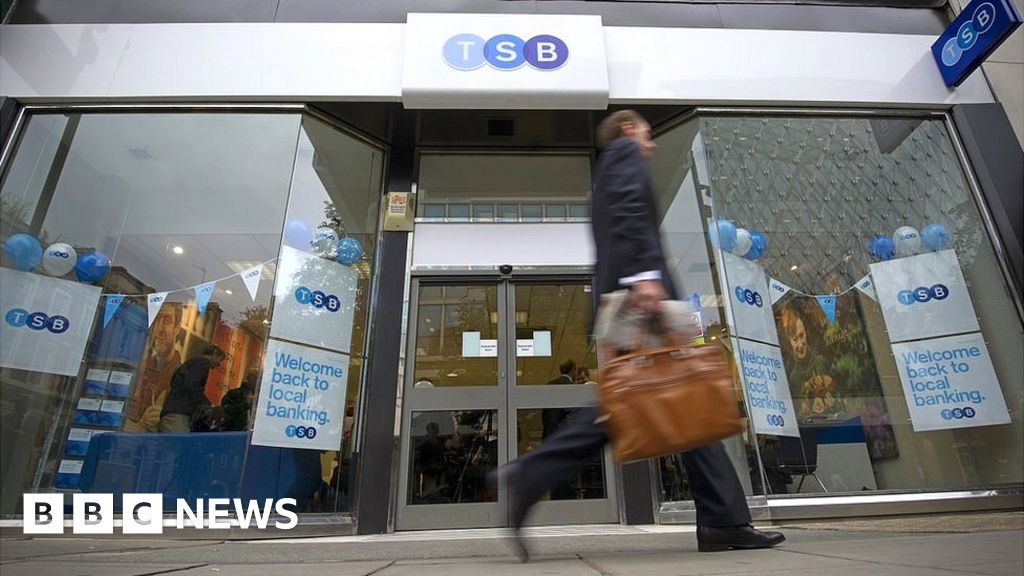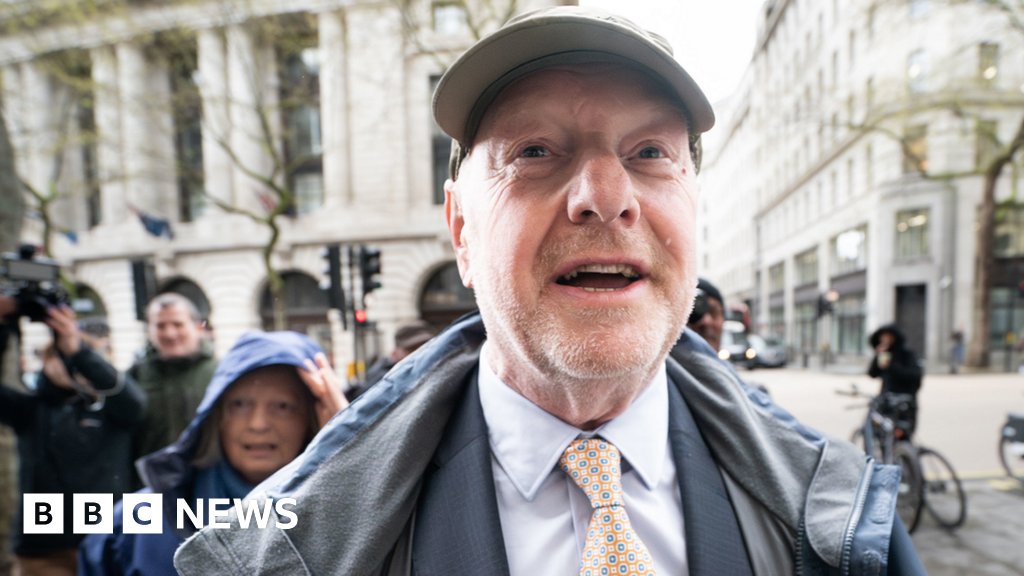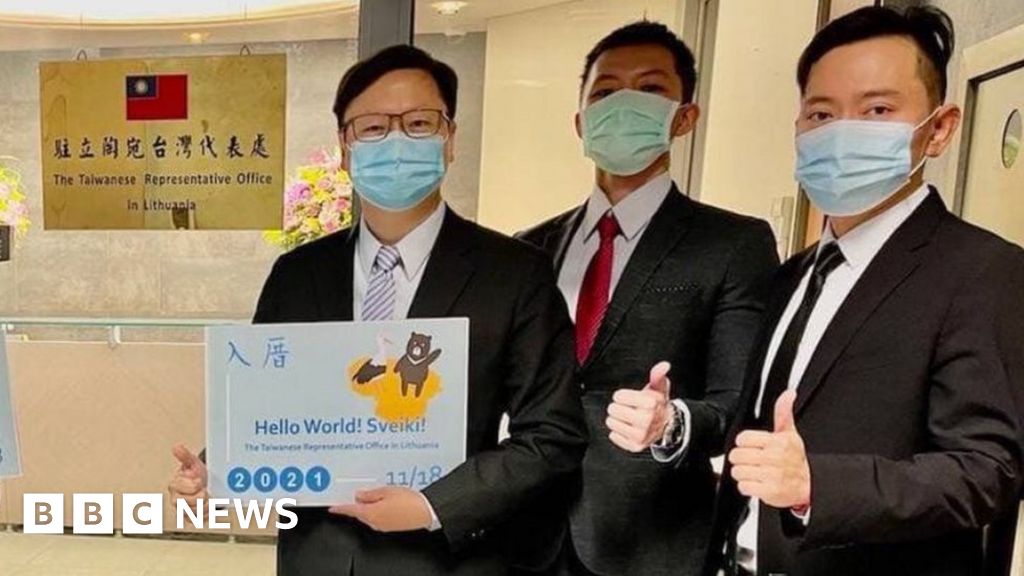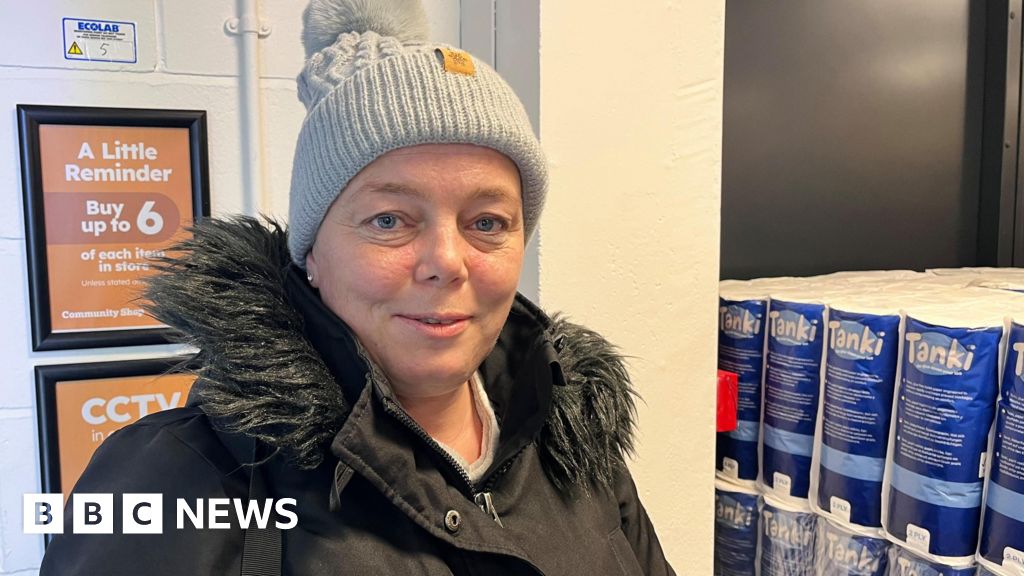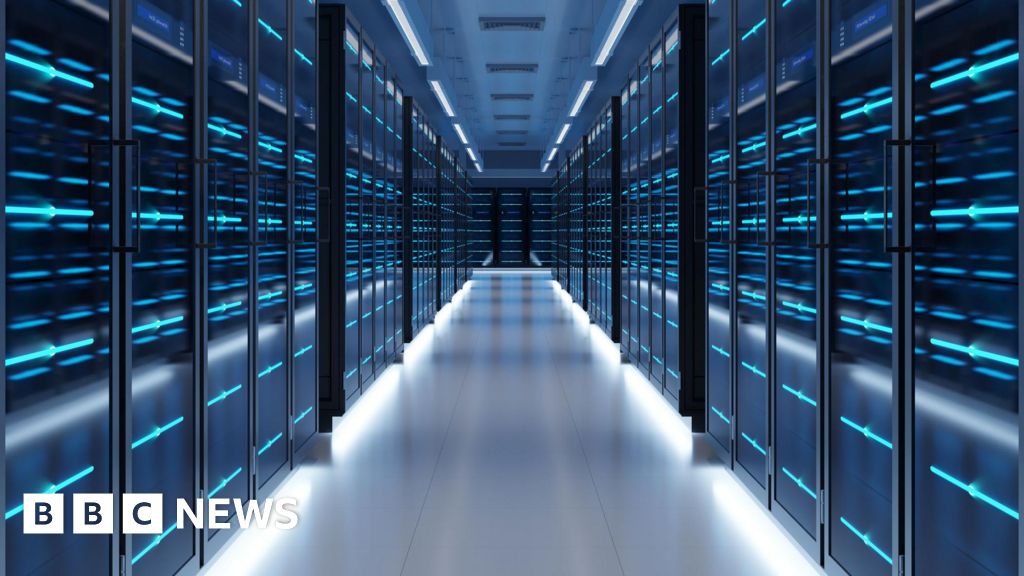Indian Prime Minister Narendra Modi has urged top tech companies in the US to explore India as a destination for manufacturing and innovation.
He met CEOs of tech companies in New York a day after attending the annual meeting of Quad countries, which also includes the US, Australia and Japan.
India has been positioning itself as an alternative to China to attract global firms looking at diversifying their supply chains.
The country has been particularly focusing on manufacturing of semiconductors in the past few years but it still lags far behind major suppliers like China and Taiwan.
Modi’s meeting with the tech leaders on Monday was attended by 15 top CEOs, including Google’s Sundar Pichai, Adobe’s Shantanu Narayen, IBM’s Arvind Krishna and NVIDIA’s Jensen Huang.
Addressing the gathering, Modi said, “they can co-develop, co-design, and co-produce in India for the world”.
India’s foreign ministry said in a statement that the roundtable meeting touched upon technology’s use in innovations, “which have the potential to revolutionise the global economy and human development”.
Modi also addressed a rally of Indian-Americans whom he called “brand ambassadors” of the country and told the crowd of 15,000 in New York that India was key to “global development, global peace, global climate action, global innovations, global supply chains”.
On Saturday, Modi met US President Joe Biden on the sidelines of the Quad summit and the two countries signed several agreements.
The India-US semiconductor pact – which they have described as a “watershed arrangement” – aims to establish a fabrication plant which will produce chips for national security, next-generation telecommunications and green energy applications, said a joint release.
This is India’s first such project with the US in which the country will provide chips to the US armed forces, allied militaries and Indian military.
Previous attempts at building homegrown semiconductor manufacturing industry in India have not seen desired results. But as the US aims to build resilience against China’s semiconductor industry – vital for modern technology – the deal gives a renewed fillip to India.
The Indian Express newspaper reported that the plant will focus on “three essential pillars for modern war fighting: advanced sensing, advanced communications and high voltage power electronics”.
This was Modi’s first US visit since he won his third term in June and it came weeks before the US presidential elections, where the Democrats are vying for re-election against former President Donald Trump of the Republican party.
Last week, Trump had announced that Modi was “a fantastic man” and he was going to meet him. But Indian diplomats were quiet about this meeting and it hasn’t happened so far.
On Saturday, the Quad leaders issued a joint communique which focused largely on maritime security in the Indo-Pacific region.
“We strongly oppose any destabilising or unilateral actions that seek to change the status quo by force or coercion…We seek a region where no country dominates and no country is dominated – one where all countries are free from coercion, and can exercise their agency to determine their futures,” the statement read.
Analysts say the statement didn’t name China but a large part of the message was aimed at the country. They also noticed that the language appeared to be much stronger.
“The language in the joint statement on provocations in the South China Sea, while not directly referring to China, is stronger than it’s ever been before. And that’s because all four Quad states are increasingly concerned about the escalation in Chinese activities there,” said Michael Kugelman, director of the South Asia Institute at the Wilson Centre think-tank in Washington.
The Quad partners also announced the expansion of maritime surveillance, a pilot logistics network for natural disasters and a project to combat cervical cancer.

